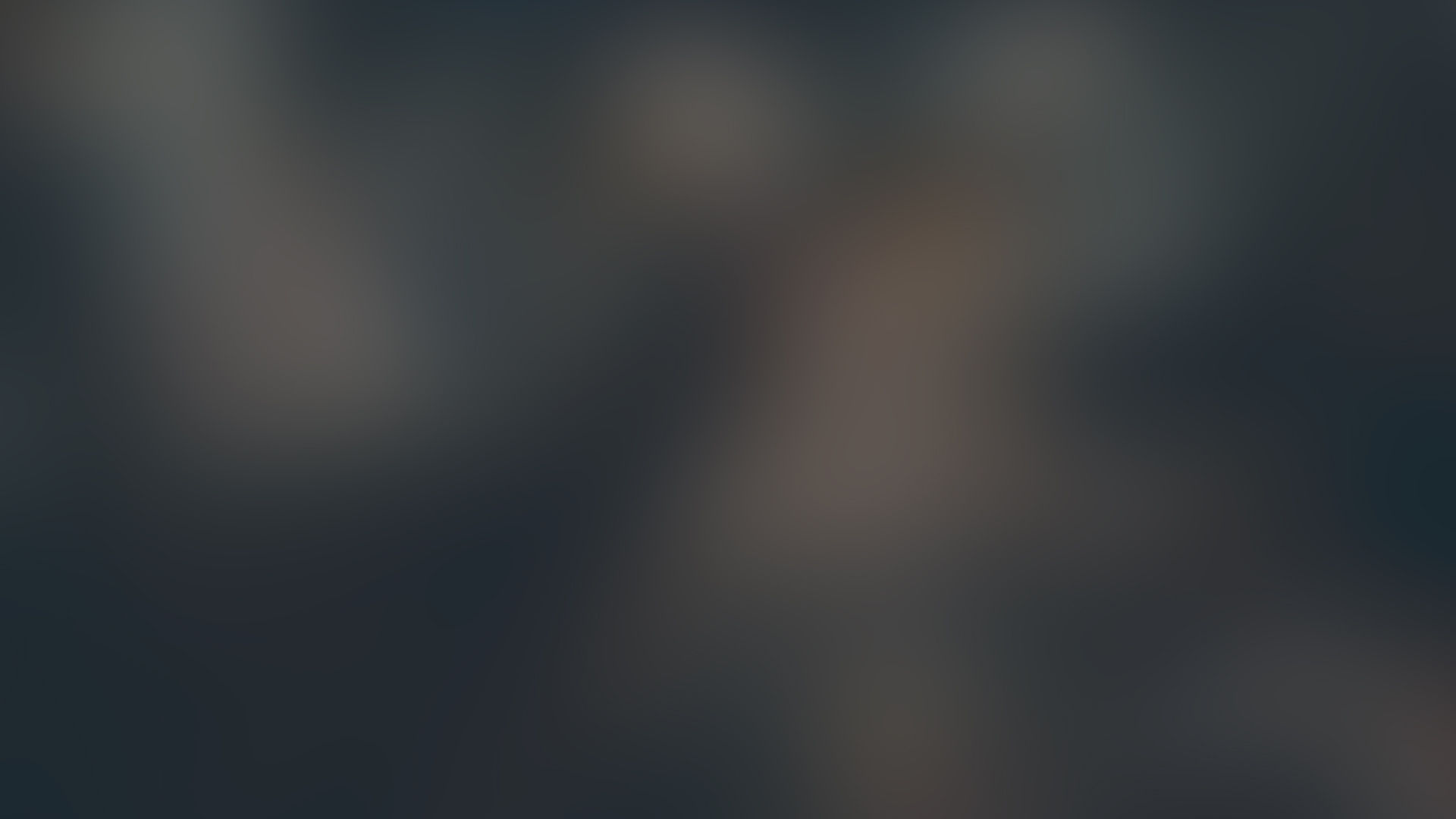

Figure Drawing Equipment and Materials: The Definitive Guide (Well, Maybe... Mostly My Opinion)
0
48
0
I'm frequently asked what tools are needed to get started with figure drawing? Whether you’re a newbie or a seasoned artist, we’ve got the lowdown on all the gear you need to bring your artistic visions to life. Let’s dive into the wonderful world of pencils, charcoal, and the rest of the artsy paraphernalia, shall we?
Pencils (Graphite):
Let’s talk pencils. You know, those things you doodle with while pretending to pay attention in meetings. Here’s the scoop on why they might (or might not) be your new best friends.
Cons:
Graphite pencils are surprisingly tricky. Their soft, silvery marks are more elusive than that perfect Instagram filter. Plus, since we use them for writing, it’s easy to fall into the bad habit of drawing like you’re jotting down a grocery list. Spoiler: that’s not the best technique.
Pros:
On the bright side, pencils are precise and forgiving. You can erase mistakes (yay for second chances!) and vary your lines by using the point or side of the lead. They’re familiar, non-threatening, and won’t surprise you with any weird quirks—perfect for those very first drawing sessions. But seriously, once you’re comfortable, move on to charcoal to really get those arms moving!
Which Ones to Buy:
Skip the math—just grab a 4B and 2B, or B pencil. They’re soft enough to make sweeping movements but not too soft that you’ll need a decoder ring to figure out the smudges. As with all of the suggested supplies on this list, go with inexpensive items to start off and then graduate to more expensive tools as you progress and develop your own style and preferences.
Willow Charcoal:
If pencils are the bread and butter, willow charcoal is the double chocolate cake of drawing materials. It’s messy, fun, and once you get the hang of it, utterly addictive.
Pros:
Willow charcoal is your go-to for big, expressive lines. It forces you out of the nitty-gritty details and into the realm of bold strokes. You can erase, smudge, hatch, and sculpt your drawings like a pro. Frank Gambino, a life drawing guru, likens using charcoal to sculpting—it's that flexible.
Cons:
Yes, it's messy. Charcoal will get everywhere. But hey, that's part of the charm! And with a little practice, you’ll be creating clean, precise work. Just don’t forget the fixative to keep your masterpiece intact.
Which Ones to Buy:
Good news: willow charcoal is cheap! Daler-Rowney and Coates make great options. Stock up and let your inner artist run wild.
Rubber / Eraser:
A basic eraser will handle most of your needs. However, if you want to get fancy, consider a kneaded or putty rubber. These can be shaped to your exact requirements, making them perfect for detailed work and nuanced erasing.
Blending Stomp (Smudge Stick):
Essential for smoothing and blending charcoals to get nuanced shadows and shapes right. When the point wears down or needs cleaning, just peel the top layers to reveal a smooth new point.
Paper/Sketchpad:
Size:
Go big or go home. Seriously, A3 or larger. Drawing on small pages is like trying to paint a mural on a post-it note.
Type and Quality:
You want paper you’re comfortable using for throwaway sketches without feeling guilty. Newsprint is great for quick charcoal or graphite drawings, while 90-120 gsm textured paper works well for both pencils and charcoal.
Sketchpads or Loose Sheets?
Loose sheets are versatile and often cheaper, but sketchpads are super convenient. Try both and see what works for you. Just remember, A4 is too small—size matters!
Which Color?
Neutral-colored paper is fantastic for beginners. It acts as a mid-tone, allowing you to add highlights and shadows more effectively. If you're using graphite, stick with white paper. For charcoal, white paper works well if you like to carve out your drawing from a charcoal base.
Which Paper to Buy:
The key is to find a paper you won’t feel guilty about using for gesture drawing and quick sketches. I like to use newsprint to begin a drawing session and then move to heavier textured charcoal paper for longer poses.
Drawing Boards & Clips:
I recommend investing in a portable drawing board. In many figure drawing classroom scenarios, you may not be provided with a surface to draw on. Use clips or masking tape to attach your paper. Clips generally hold better. Pro tip: put a piece of cheap paper between your drawing paper and the board to avoid drawing directly on the hard surface.
Folder or Portfolio:
Protect your masterpieces with a hard folder. Traditional ones with large hard boards are great for carrying your work and doubling as a makeshift drawing surface. Plus, they make you look like a proper artist!
Wrapping Up:
So there you have it—the ultimate guide to figure drawing gear with a dash of humor and a pinch of sarcasm. Remember, the best tools are the ones that feel right for you. Don’t be afraid to experiment and find your groove. Start with charcoal & graphite, then give conte crayon & pastels a try!

Ready to get started? Grab your pencils, charcoal, and paper, and let’s make some art! And hey, don’t worry if you end up with more charcoal on your hands than on the paper. That’s just part of the fun. Did I miss any of your favorite figure-drawing tools? Let me know in the comments!
Please join the The Exchange Figure Drawing, Painting & Art Modeling Community here at edge studios!
Here are the links to some of the supplies I’ve mentioned, available at Cheap Joe’s:


